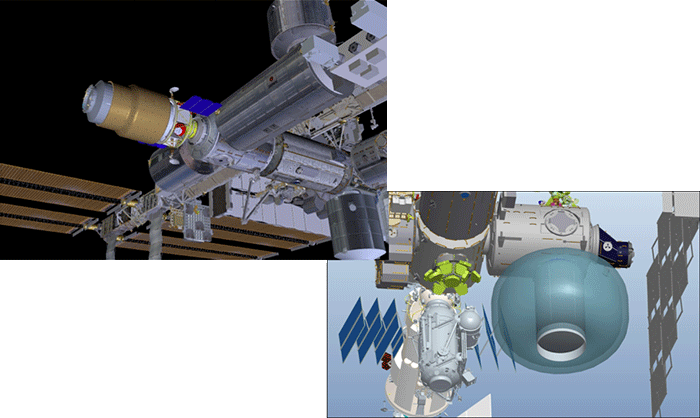
Space News reports that Bigelow Aerospace has hired two former NASA astronauts, Captain Kenneth Ham (USN) and Colonel George Zamka (USMC-ret.). The hi rings are said to represent the start of a commercial astronaut corps for the space stations Bigelow plans to launch beginning in 2017.
Capt. Ham is a former naval aviator with 6,000 flight hours in more than 40 different aircraft, more than 300 carrier landings, and 612 hours in space. He flew two Space Shuttle missions to ISS, as pilot of Discovery on STS-124 in June, 2008 and commander of Atlantis on STS-132 in May, 2010.
Capt. Ham holds an MS in aeronautical engineering from the Naval Postgraduate School. He currently serves as chairman of the Department of Aerospace Engineering at the United States Naval Academy in Annapolis, Maryland.
Col. Zamka has logged more than 5,000 flight hours in more than 30 different aircraft and 692 hours in space on two Shuttle flights. Zamka flew to ISS as pilot of Discovery on STS-120 in October, 2007 and commander of Endeavour on STS-130 in February, 2010.
Col. Zamka left NASA in March 2013 to become Deputy Associate Administrator for Commercial Space Transportation at the Federal Aviation Administration. Bigelow says that Zamka will remain in DC to provide a company interface with the US government as well as foreign customers.





